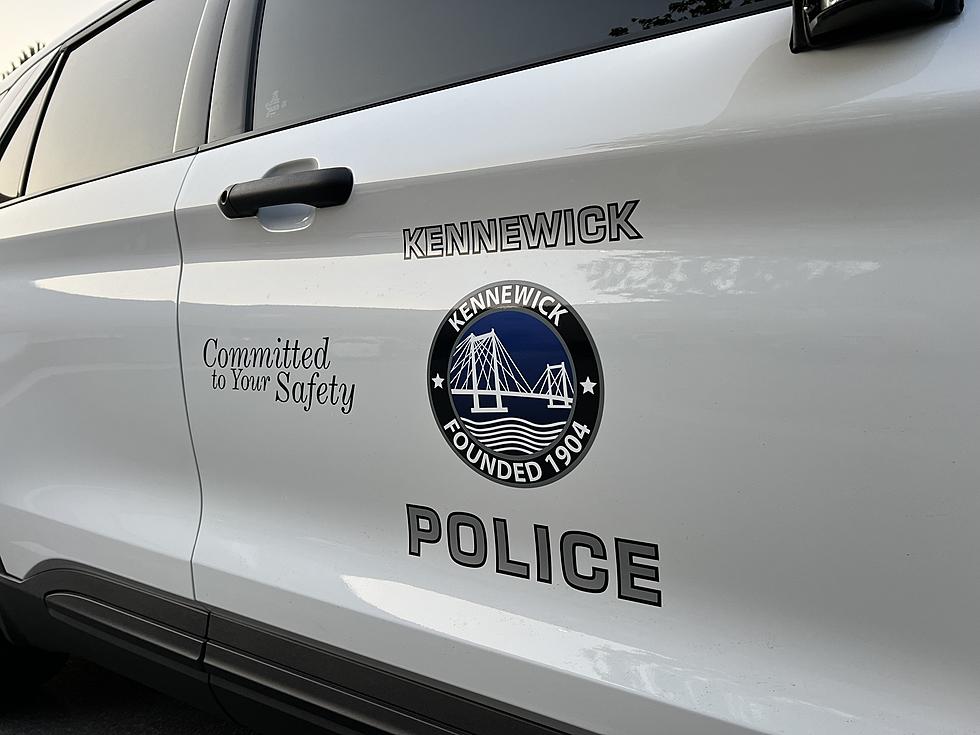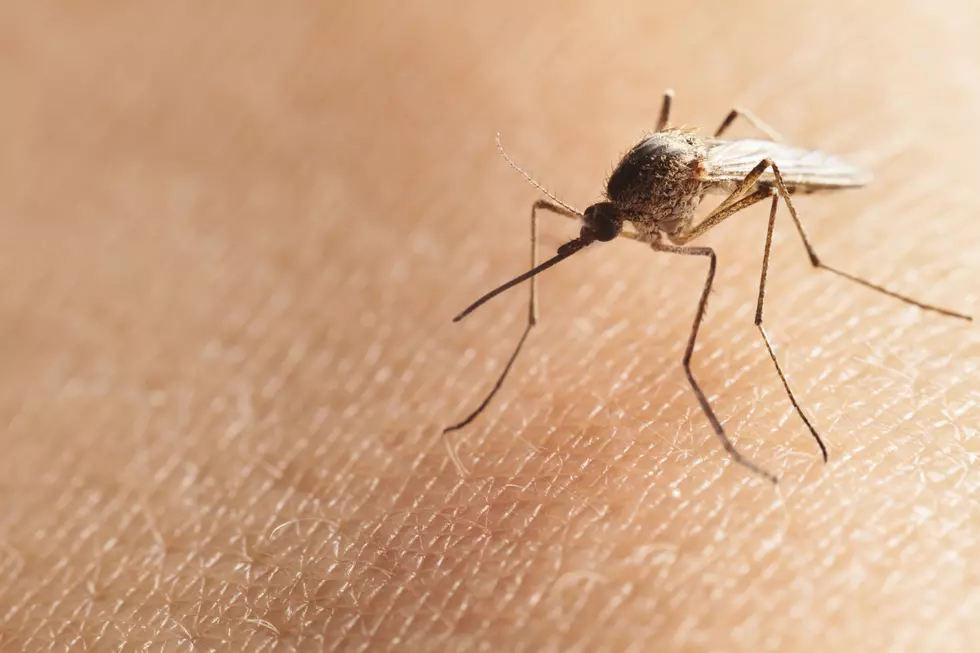
Snowshoeing Washington: The Risks Amidst the Beauty
So, you picked up a pair of decent snowshoes at Costco and are ready to hit the powdery trail. Before you go, there are some things to prepare for and some risks you should consider.
Is snowshoeing in Washington State safe?
Whether you choose the Cascade Mountains, Olympic National Park, or Mount Rainier National Park – for the most part, snowshoeing in Washington is considered a safe and fun activity and offers accessibility to incredible scenery. And unlike other winter sports – skiing or snowboarding – snowshoeing is a low-impact and inexpensive activity that doesn’t require lessons. However, it will challenge your muscles and get your heart pumping and while snowshoeing is a great way to get outdoors during winter, there are some hazards to be aware of to ensure a safe experience in the snowy wilderness.
What are the dangers of snowshoeing in Washington State?
1. Avalanche: The risk of avalanches is at the top of the list and has caused the most snowshoeing fatalities in Washington. In 2018, two teenagers were killed by an avalanche while snowshoeing at Alpental ski area. The two boys set out fully prepared with avalanche beacons and other supplies but did not survive. In 2023, three people were killed by an avalanche while hiking and climbing Colchuck Peak near Wenatchee. Always check for warnings and conditions before starting your trip.
2. Weather Changes: The weather can be unpredictable during winter; unexpected storms, wind, and sudden temperature drops can put you in a precarious situation quickly. Always check the weather and prepare for the worst.
3. Limited Communication: Always tell a friend or family member where you’re going and when to expect you back. Snowshoeing in remote areas often has limited cell service. Don’t isolate yourself or your group.
4. Physically Demanding: Don’t underestimate the physical demands of snowshoeing. Make sure your body is fueled up with a healthy meal before you go and you have snacks and water packed. And, know your limits. Overexertion can cause dehydration and muscle fatigue. Higher elevation hikes can also cause problems with your health and breathing.
5. Hypothermia and Frostbite: This snowshoeing risk seems obvious but surprisingly, it gets overlooked. Exposure can cause frostbite and hypothermia. Dress in layers, stay dry and know the signs of these conditions. Take immediate action.
6. Wildlife Encounters: Although it’s rare during the winter months, there is a possibility you could cross paths with a bear or cougar. Some suggestions from the US Forest Service include: hiking in groups, carrying bear spray, and staying alert (no headphones). Get the full list here.
Overall, snowshoeing in Washington State is considered a safe activity as long as you’re prepared for the adventure. Washington State Parks has a list of snowshoeing parks for you to consider and other tips.
Amazing Animals To Spot In Washington State
Gallery Credit: Canva-Getty
Experience One of the Most Scenic Hikes on the Oregon Coast
Gallery Credit: Paul Drake
More From 610 KONA







